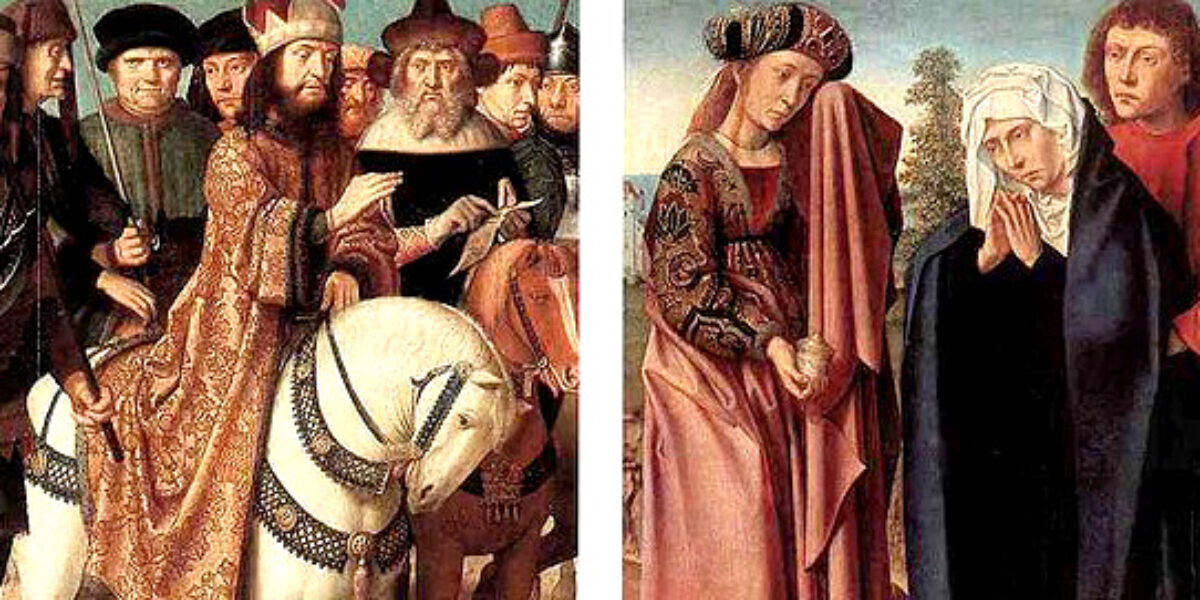In the Old Testament, worship revolved around the temple. Consequently, priests were important in Israel. Check out the role of priests throughout the Old Testament.
The people of Israel were holy, or “set apart for God,” and they were to obey God’s commandments. Exodus 19:5 describes how God told Moses to tell the Israelites, “You will be my holy nation and serve me as priests.” The prophet Isaiah repeated this promise and challenge. He said to the people who mourned in Jerusalem, “They themselves will be priests and servants of the Lord our God” (Isa 61:6).
Even though all the people were like priests, God commanded that special priests be selected from the tribe of Levi (Num 1:49-51; 3:5-13) to serve first in the sacred tent, and then later in the temple that would be built in Jerusalem. These priests are described according to their duties: (1) the Levites, who did basic work in preparing sacrifices and cleaning the holy place; (2) the priests, who offered the sacrifices and performed various ritual acts; and (3) the high priest, who was in charge of the holy place, and who was the only one who could go into the inner part of the temple (most holy place), where God was believed to be present in a special way (Exod 28:29).
The priests wore special robes (Exod 28:4-39), a turban that held a band of pure gold with the words “Holy to the Lord” engraved on it, and a breastplate marked with the names of the twelve tribes of Israel. Israel’s priests had two main purposes: (1) to keep contact with God in the holy place of worship (the tent, and later the temple); and (2) to help the people become pure.
The Jewish people returned to Jerusalem from exile in Babylonia beginning in 538 B.C. Soon after, the prophets told the people to rebuild the temple that the Babylonians had destroyed in 586 B.C. and once again worship God there (Hag 1:1,12,14; Zech 3:6,7; 4:14). In the second century B.C., the Syrian king, Antiochus IV, put a statue of a foreign god in the temple and tried to force Jews to offer sacrifices to it. The Jewish people were greatly offended by this and revolted until proper worship of God in the temple was once again restored.
Some of the priests helped lead the revolt that set up an independent Jewish nation. This nation existed from 165 to 63 B.C., when the Romans invaded and took over Palestine. Israel’s priests then began to cooperate with the Romans, who let their client king Herod build a great new temple in Jerusalem. Israel’s priesthood came to an end in A.D. 70 when the temple was destroyed by the Roman army during another Jewish rebellion. The temple has never been rebuilt.
Until this final destruction of the temple, it was the job of the priests to offer sacrifices to thank God and to gain God’s forgiveness for the sins of the people. The New Testament says that Jesus offered himself on the cross (Mark 10:45) and that God sent Jesus as a sacrifice in order to set people free from their sins (Rom 3:25,26). In Hebrews Jesus is seen as the great high priest, whose death on the cross was the full and final sacrifice for the sins of the world (Heb 4:14—5:7; 10:1-18).




